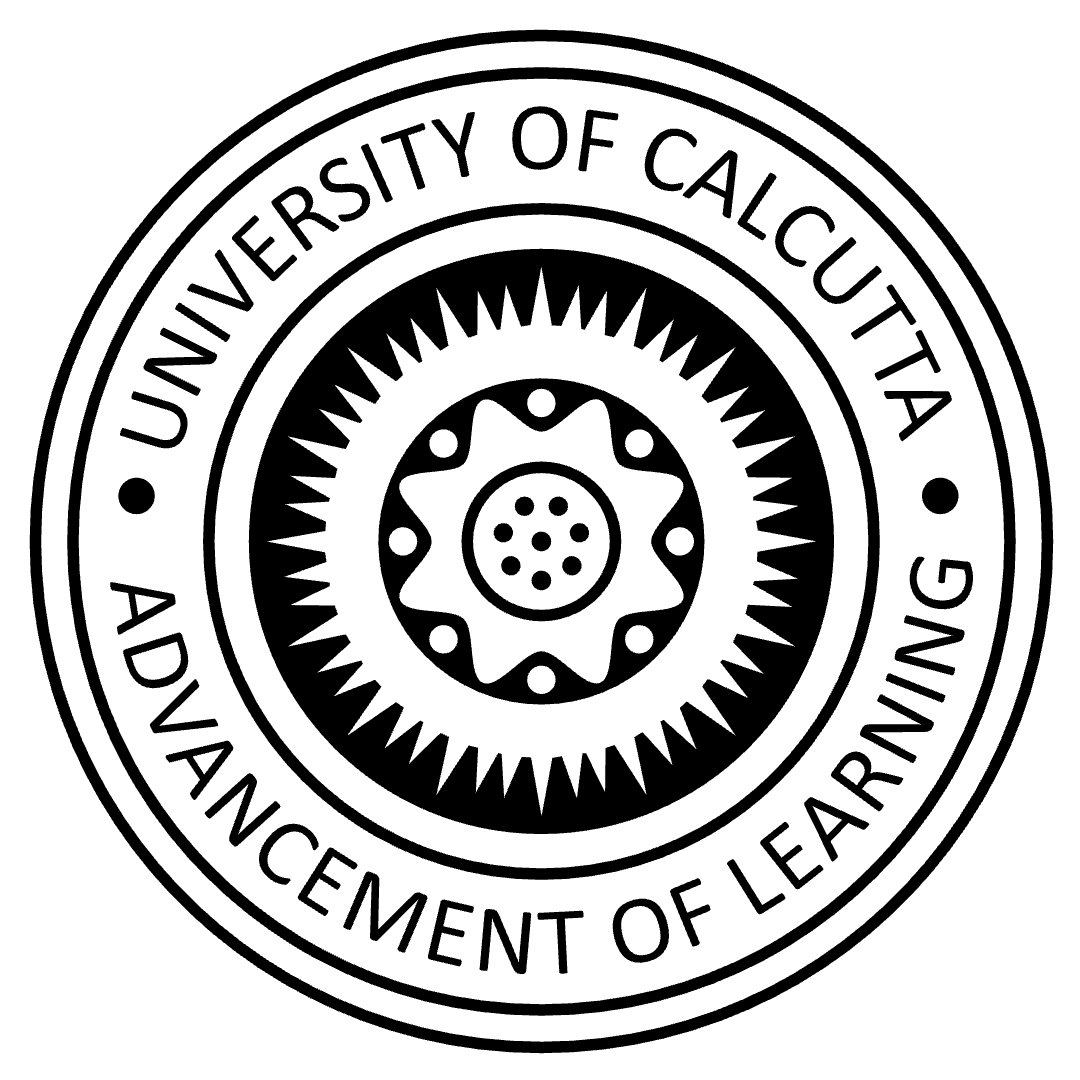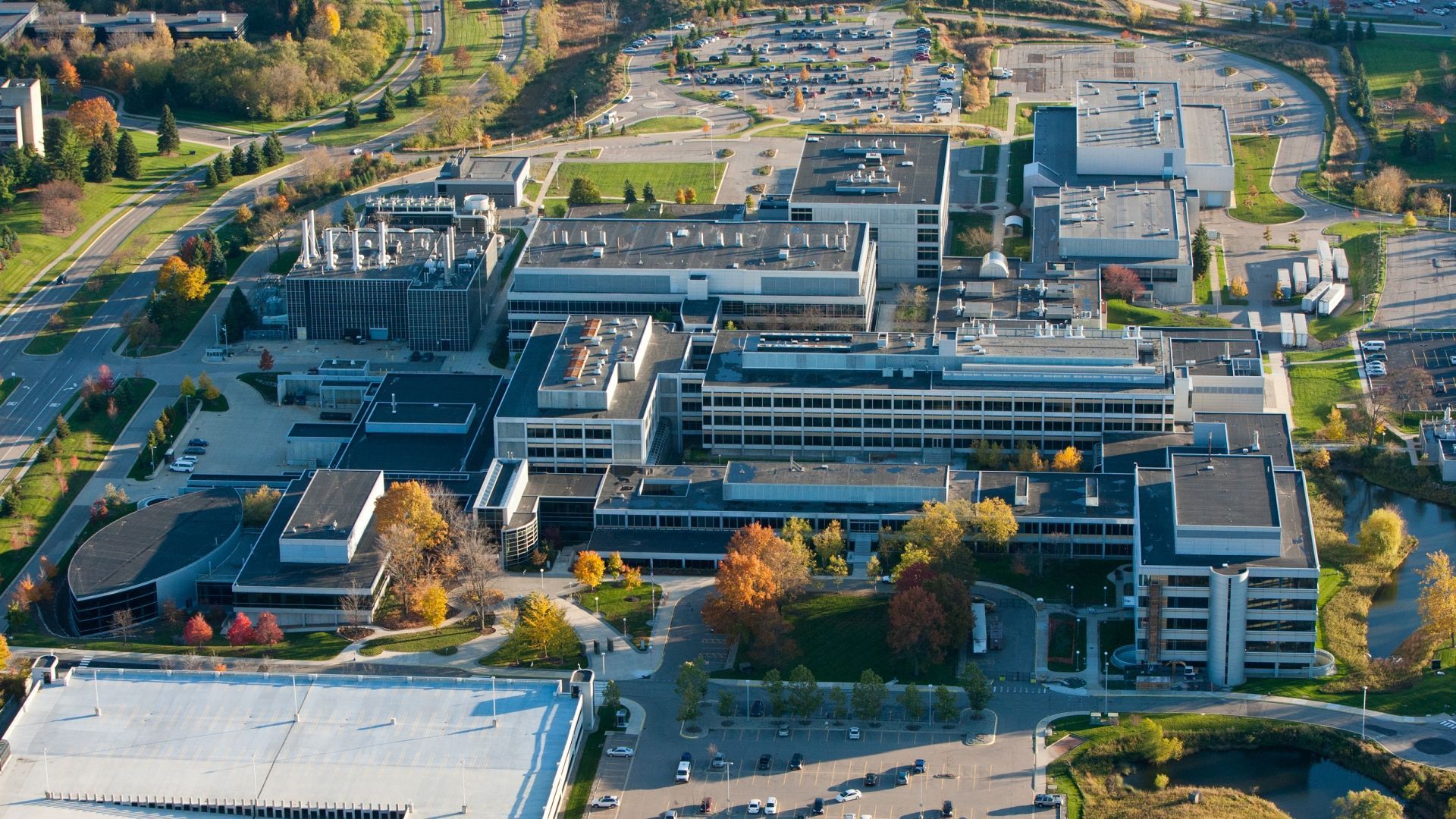
University of Calcutta

Santa Datta (De) (Vice-Chancellor)
Summary
The University of Calcutta, established on 24 January 1857, is the oldest multidisciplinary university in the Indian subcontinent and Southeast Asia. Located in Kolkata, West Bengal, it was initially proposed by Fredrick John and officially recommended in Wood's Despatch of 1854. The university's early jurisdiction spanned a vast region from Kabul to Rangoon and Ceylon. It became the first university east of the Suez Canal to offer courses in European and Indian philosophy, history, and literature.
Initially serving as an affiliating and examining body, the university's academic activities were conducted in constituent colleges. Over time, it expanded to include postgraduate teaching and research, necessitating new buildings like the Senate House (1873), Darbhanga Building (1912), and the Asutosh Building (1926).
Significant milestones include the graduation of Bankim Chandra Chattopadhyay and Joddu Nath Bose in 1858 and the establishment of Bethune College, the first women's college in India. Post-independence, the Calcutta University Act of 1951 restructured its governance. By the 1970s, it had become one of the world's largest universities, with numerous affiliated colleges.
The University of Calcutta operates from 14 campuses across Kolkata, maintaining a prestigious position in Indian higher education and continuing its mission of advancing learning.CU secured the fourth position in the Indian University Ranking 2021 list, a testament to its commitment to academic excellence and research.
History
The University of Calcutta, often referred to as Calcutta University (CU), is a prominent public state university located in Kolkata, West Bengal, India. It is the oldest multidisciplinary university in the Indian subcontinent and Southeast Asia. The establishment of the university traces back to a proposal made by Fredrick John, the then education secretary to the British Government in India, who suggested setting up a university in Calcutta modelled after London University. This proposal culminated in Wood's Despatch of July 1854, sent by the Court of Directors of the East India Company to the Governor-General of India, advocating the creation of universities in Calcutta, Madras, and Bombay.
The Calcutta University Act came into effect on 24 January 1857, leading to the formation of a 41-member Senate as its policymaking body. Maharaja Maheshwar Singh Bahadur of Darbhanga generously donated land for the university. Initially, the university's jurisdiction spanned a vast region from Kabul to Rangoon and Ceylon, making it the largest of its kind in India. It was the first university east of the Suez Canal to offer courses in European classics, English literature, European and Indian philosophy, and both Occidental and Oriental history.
In its early years, the University of Calcutta served as an affiliating and examining body, with all academic work conducted in constituent colleges such as Presidency College, Scottish Church College, Sanskrit College, and Bengal Engineering College. The university's first medical school, Calcutta Medical College, was affiliated in 1857, and Bethune College, the first women's college in India, followed suit.
The university witnessed significant milestones in its formative years. Bankim Chandra Chattopadhyay and Joddu Nath Bose became its first graduates in 1858, while Kadambini Ganguly and Chandramukhi Basu became the first Indian female graduates in 1882. The university library started functioning in the 1870s. The first building dedicated to the university, Senate House, opened in 1873 on College Street, funded by a grant sanctioned in 1866.
Throughout its history, the university has evolved significantly. In 1904, it began offering postgraduate teaching and research, leading to an increase in student numbers. This necessitated the construction of new buildings, including the Darbhanga Building in 1912 and the Asutosh Building in 1926. The university also saw generous donations from philanthropists like Taraknath Palit and Rash Behari Ghosh, which helped establish the University College of Science.
Post-independence, the university faced structural changes and expansions. The Calcutta University Act of 1951 introduced a democratic structure, and in 1957, the centenary year, the University Grants Commission provided a substantial grant that facilitated the construction of the Centenary Building. By the 1970s, the University of Calcutta had become one of the largest universities globally, with a substantial number of affiliated colleges and postgraduate faculties.
In the modern era, the University of Calcutta continues to hold a prestigious position in Indian higher education. It has received high grades from the National Assessment and Accreditation Council (NAAC) and has opened its extensive library resources to the public. The university's seal, bearing the motto "Advancement of Learning," has undergone several changes, reflecting its evolving identity while maintaining its core mission.
Today, the university operates from 14 campuses across Kolkata and its suburbs, offering diverse academic programmes and maintaining a significant influence in the educational landscape of India.
Courses
At the undergraduate level, students have the opportunity to pursue Bachelor of Arts (BA) degrees in subjects such as English, History, Political Science, Economics, and Sociology. For those inclined towards the sciences, Bachelor of Science (BSc) programmes are available in fields like Physics, Chemistry, Mathematics, Computer Science, and Biotechnology. Additionally, the university offers Bachelor of Commerce (BCom) degrees for students interested in commerce and business studies.
Moving to postgraduate studies, the University of Calcutta provides Master's degrees (MA, MSc, MCom) across a wide range of subjects, enabling students to deepen their understanding and expertise in their chosen fields. Professional courses such as Master of Business Administration (MBA), Master of Computer Applications (MCA), and Master of Library and Information Science (MLIS) are also offered to equip students with specialised skills essential for today's competitive job market.
Furthermore, the university offers several doctoral programmes (PhD) for students aspiring to pursue advanced research and academic careers. Under the guidance of experienced faculty members, students engage in in-depth research and contribute to the advancement of knowledge in their respective fields.
Global MBA rankings
According to the Best Global Universities rankings, it is placed at 1376. In the QS World University Rankings 2024, the university is ranked between 801-850, demonstrating its reputable standing among international institutions. Additionally, the Academic Ranking of World Universities (ARWU) for 2022 places it within the 901–1000 range. In the QS World Rankings 2023, it falls within the 801–1000 bracket, while in Asia, it is ranked 181st by QS. The Times Higher Education (THE) World University Rankings 2023 lists it between 1001–1200 globally, and within Asia, it is placed in the 401–500 range according to the 2022 rankings.
Job integration rate
During the Calcutta University placements of 2023, 464 undergraduate (UG), 4,015 postgraduate (PG), and 28 integrated PG students were successfully placed. The median package for UG (3-year) courses was INR 9.20 LPA. Notably, for BTech and BA LLB courses, the median package stood at INR 10 LPA and INR 8 LPA, respectively. For PG courses, the median package offered ranged between INR 8.80 LPA and INR 10 LPA, showcasing the university's commitment to facilitating career opportunities and ensuring a high job integration rate among its graduates.
General information
- University of Calcutta| Wikipedia
- Courses, Admission 2024, Fees, Placements, Ranking| Shiksha
- Foundation of the University of Calcutta| University of Calcutta
- Calcutta University| Facebook
- Calcutta University| Twitter
- University of Calcutta| University Campuses
University of Calcutta Campus Area| University of Calcutta
Explore the latest data on Business, Industry Leaders and Influencers, Organizations, Education, and Investors to stay informed and ahead.

Santa Datta (De) (Vice-Chancellor)
